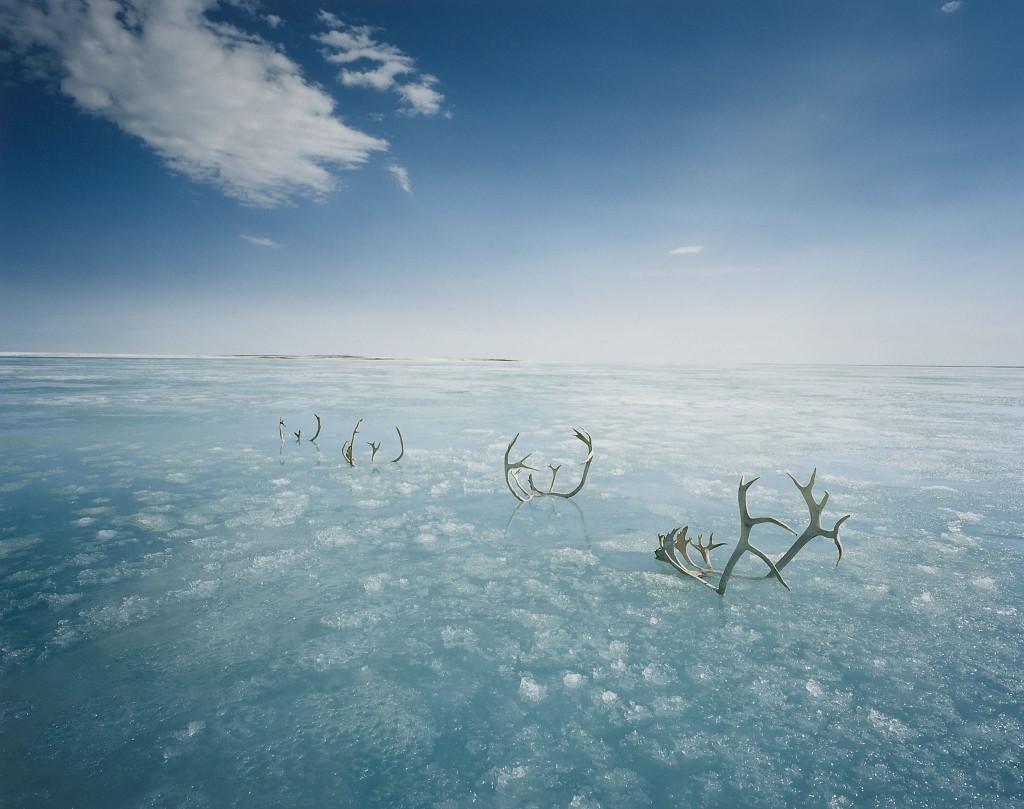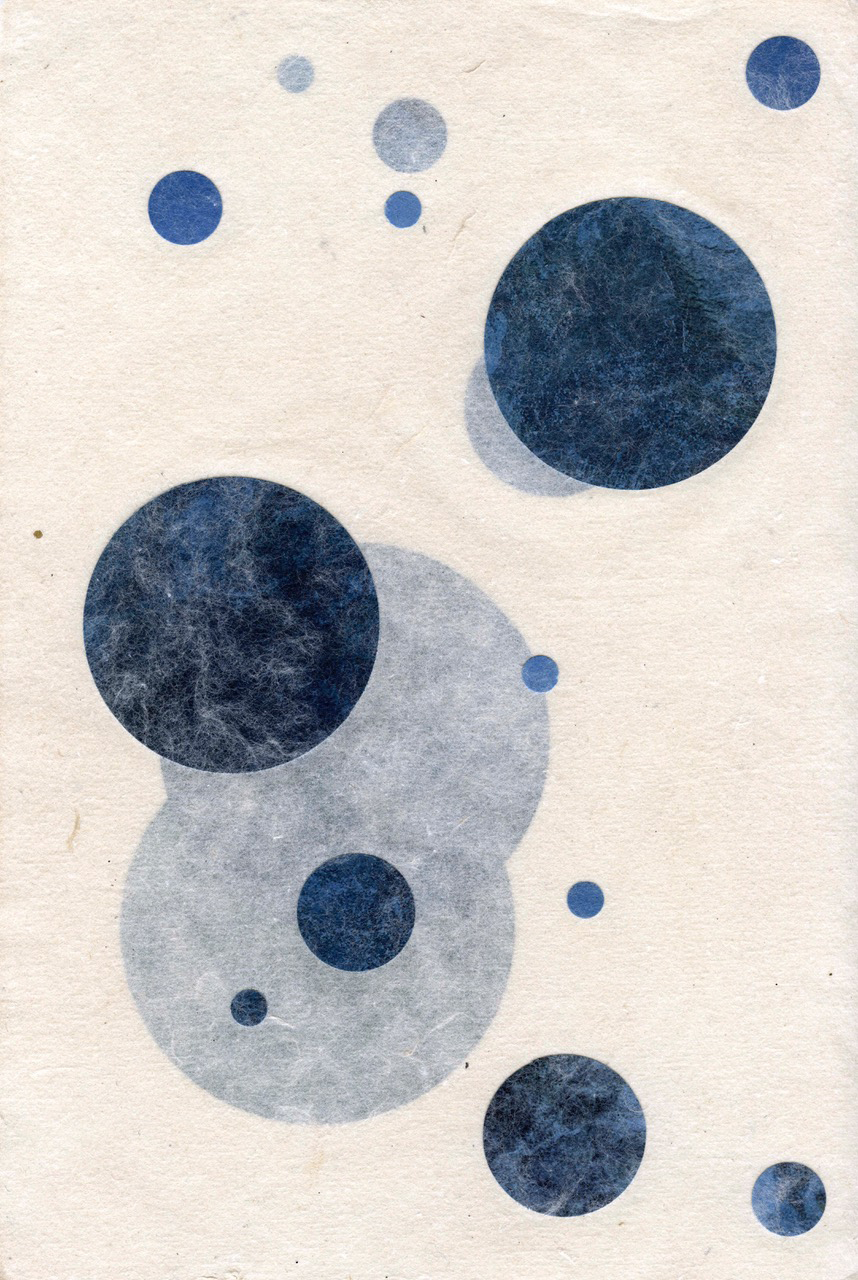



Inspired by the opening in 2025 of a new museum in Rotterdam, the Fenix Museum of Migration, FLAT // LAND dedicates its first issue of FLAT // LAND MAG and online show to the phenomenon of migration only more specific in the context of the seasonal movements of animals as the gallery's interest lies in this planet's species and their habitats. By reassessing the wider natural environment in which all living forms are interconnected, FLAT // LAND hopes to soften the distinction between humans and other species.
The first show in FENIX 'The Family of Migrants' is inspired by the legendary exhibition 'The Family of Man', an ode to humanity created by photographer Edward Steichen in 1955, which told the universal and timeless story of humanity. 'The Family of Migrants' in Rotterdam will focus on perhaps the most universal and timeless topic of all: migration. FLAT // LAND is very proud that a photograph by Katharine Cooper "Hussein with his Birdcage" will be permanently exhibited in 'The Family of Migrants', the first exhibition of the FENIX Museum of Migration. In the image of the little boy Hussein taken in Eastern Aleppo, both human and non-human are in despair, fleeing from war and destruction.
Animal migration - when animals leave their habitat temporarily, to later return - is fascinating for many reasons. A sudden increase in water - s uch as a river flowing after heavy rainfall, affects plant growth and the animals living in that area. Even a full moon influences behaviour. A rabbit is more daring when foraging for grains and grasses under a full moon than on cloudy nights, as it can better detect predators. Thus environmental factors—such as weather conditions, food availability, and landscape changes—can create different environments that affect animal behaviour.
The behaviour of animals will always vary along with the environment, because nature adapts. Migration is a clear example of animals adapting to seasons.
When seasons shift, animals' food sources change.
The most drastic movements are when animals migrate over long distances to a different part of the world. Billions of animals migrate every year. Some birds such as the bar-tailed godwit (Limosa lapponica or 'Rosse Grutto') can migrate 13.500 km without stopping to refuel! They fly from Alaska to New Zealand, a journey that takes 11 days. Such a journey is so energy demanding that they increase their body mass by up to 60% before departure. To orient themselves while navigating long distances, often through unfamiliar areas, birds make use of tools like the star compass or their ability to sense Earth's magnetic field.
The fact that most animals are highly mobile, is indeed, what makes them so special. Like Cooper, there are artists who are concerned about how animals are represented, how art as a platform can show the complex relationship between humans and nature, as well as our connection with other life forms and species.
Katherine Cooper
Katherine Cooper, known for depicting women, men, and children with a great form of respect and sensitivity, made several jouneys to Syria from 2015 on where she visited ruined cities such as Ma’aloula and Aleppo. Yet she saw beyond the disaster. What she discovered in these scorched regions was a determined life-force. In Aleppo, she found men covered with the dust of reconstruction, wrecks of lorries transformed into kiosks by merchants, children who took care of animals as beloved companions. As a result, Cooper’s black and white portraits show us the world beyond newspaper photographs, focussing on what matters in the everyday life of the people she spends time with. Her works 'Khalid and his Donkey (II) in Old Aleppo', just as 'Hussein with his Birdcage' (exhibited at Fenix, see above), remind us that in times of hardship the love for animals can be a life saving comfort - an internal force which allows one to find strength at the most difficult times.
Scarlett Hooft Graafland
Each year, reindeer (Rangifer tarandus) undertake one of the great migrations of the north, moving across the vast landscapes of Norway’s Finnmark and Troms regions. They follow ancient routes, seeking fresh grazing grounds as the seasons shift. In summer, they climb to the cooler mountain plateaus, where the vegetation is rich and insects are fewer. As winter approaches, they descend to coastal lowlands and inland forests, where food is easier to find beneath the snow.
In 2010, Dutch artist Scarlett Hooft Graafland travelled to the mountain area of Jotunheimen, central Norway, to stay for a couple of weeks with a Sámi shepherd family, with whom she was able to experience the migration of their reindeer herd (see photograph below). During her stay, Scarlett Hooft Graafland became fascinated by the way these animals move in groups through the deserted icy mountains with the guidance of the Sami people, whose way of life follows the rhythm of the herd. In her work 'Tracks' she follows these routes, mm for mm, with embroided threads, an old craft of the Sámi.
Vincent Munier
Almost a hundred years after Monet finished his famous series Water Lilies, in which he explored the variation of light in his garden in Giverny, Vincent Munier's new series of photographs created in the heart of the Vosges show us a more contemporary impressionistic take on French nature, this time from the animal world. The impressions which birds present when flying as a flock at first appear chaotic, with waves of birds seeming to roam around the sky in an unchoreographed dance. But this poetic impression, in fact, contrasts with the ability of birds to navigate landscapes with precision. Some species, like Bramblings, use magnetoreception to navigate their seasonal migrations, allowing them to travel efficiently between their Arctic breeding grounds and warmer wintering areas, such as the Vosges, in Eastern France. There, autumn and winter bring awe-inspiring natural spectacles, where it is possible to observe thousands of birds seemingly dancing together, as in Munier's 'Bramblings'.
In the Vosges, Bramblings form vast, swirling flocks in winter, moving in synchronized waves like a fluid, ever-shifting cloud. In contrast, Eurasian Bullfinches fly in small, scattered groups, their movements more deliberate and less coordinated. While Bramblings dazzle with dynamic aerial choreography, Bullfinches display the impression of a quieter, more independent grace.
Leila Jeffreys
'Drifter' was taken by Australian fine art photographer Leila Jeffreys, as part of her series 'Wounded Warriors'. Drifter was rescued by a conservation group after he was found wounded during his long-distance migratory journey from North to Central and South America. Since hawks are monogamous, the trauma is doubled: they often lose their partners and their homes. "These birds are the sovereigns of the skies but they are also at the mercy of misfortune." - Leila Jeffreys.
Kim Boske
During multiple stays at the Kamiyama Artist in Residence (KAIR) project, created to stimulate collaborations between international and local artists and artisans, Kim Boske fell in love with fading Japanese crafts such as delicate indigo dying and washi paper techniques, which she continued to develop in the Netherlands with the support of Mondriaan Fonds. Boske's new series Ensō is titled after the ancient Zen symbol. At first glance, the ensō symbol appears to be nothing more than a miss-shaped circle but its symbolism refers to the beginning and end of all things, the circle of life and the connectedness of existence. It can symbolize emptiness or fullness, presence or absence. All things might be contained within, or, conversely, excluded by its boundaries. It can symbolize infinity, the “no-thing”, the perfect meditative state.
A new monograph KAMIYAMA will be published in 2025 by FW books / Hans Gremmen.